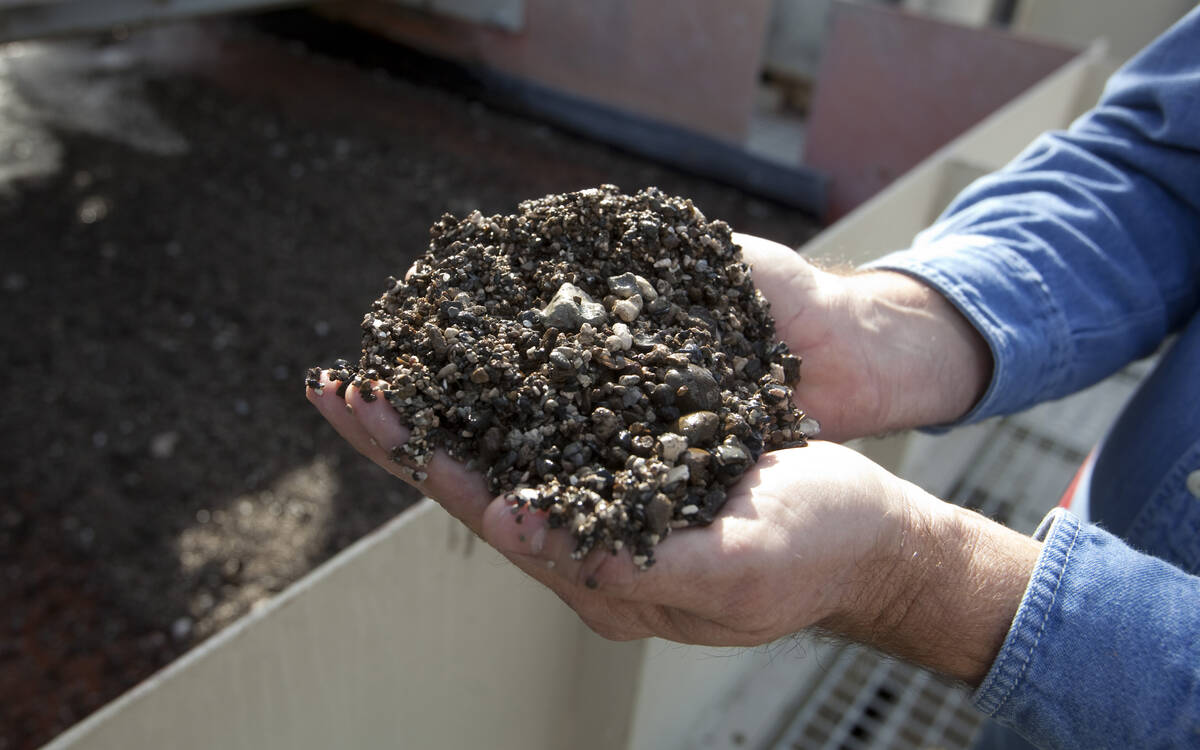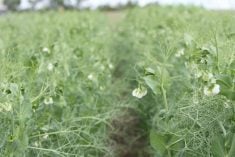No one knows if canola’s lows are in for the season.
Winnipeg canola futures edged slightly lower late last week, partly in response to Statistics Canada increasing its production forecast to 8.485 million tonnes, from 7.977 million in the July 31 outlook.
But there are no forecasts of another grueling 2005-06-type of winter, in which canola prices dropped and stayed low throughout the cold months.
In fact, many foresee higher prices in the coming months.
“Everybody wants to buy canola (derivatives) to replace what they have marketed, or they want to hang on to (their physical) canola, betting that it will go higher later on,” said Union Securities broker Ken Ball.
Read Also

Phosphate prices to remain high
Phosphate prices are expected to remain elevated, according to Mosaic’s president.
“We’re looking to buy canola on dips.”
Demand for canola is strong and likely to get stronger through the winter, as biodiesel production uses increasing amounts of vegetable oils in Europe and the United States, analysts say.
Recent canola prices haven’t been as exciting as rallying wheat and corn prices, but they are strong compared to soybeans, Ball said.
“Soybeans are just a shade this side of gruesome,” said Ball about the huge U.S. soybean crop that farmers are harvesting.
Many traders expect the United States Department of Agriculture’s soybean production estimate to rise in coming reports because farmers appear to be harvesting a bigger and better soybean crop than they expected.
Last week, analytical firm Informa Economics pegged 2006 U.S. soy production at 3.206 billion bushels, above USDA’s September forecast for 3.093 billion. The record U.S. soybean crop was 3.1 billion bu. harvested in 2004.
The outlook for South American crops has also improved, Ball said, with good growing conditions in Brazil and some rain reaching parched parts of Argentina. Also, the cost of inputs such as oil are dropping. Instead of a predicted 10 to 15 percent decline in soybean acres in Brazil, the decrease is likely now five or six percent, he said.
Soybean prices will continue to hobble canola for some time, Ball said, but soon soybean’s downward trend has to end.
“Even the beans some time will find a bottom and show some signs of life,” said Ball.
Canola prices will have to improve substantially to convince growers to plant a crop that could produce 10 to 12 million tonnes of canola next year, Ball said. That’s what the world market will need from Canada. Prices for other crops now put canola at a disadvantage from a farmer’s standpoint.
“Canola’s not going to be competitive at these levels, so something’s going to have to give.”
At some point, canola prices will have to begin chasing wheat and other hot crops.
“The only question is timing: is (the price) just going to goof around for three or four months and then push up in the spring, or will it happen soon?”















